45 hazard class labels must be placed
Hazardous Waste Label Requirements | EPA & DOT Compliance The DOT requirements for hazardous waste labeling, while they are being transported or shipped, are much more complex than EPA requirements, but are overseen and determined by EPA guidelines. The requirements of a shipper to be DOT compliant include: Determination. Class/division identification. Packaging. Hazmat Labels and Marking for Shipments: What You Need ... - News and Info The hazard class number of the material being transported must be displayed at the bottom corner of each placard. Each placard must be diamond shaped and must measure at least 9.84 inches (250 mm) on each side. The text and numbers included in the placard - the hazard class number in particular - must measure at least 1.6 inches (41 mm).
Hazmat Label Requirements and Regulations - Where Regulations Require ... The sign must be a rectangle measuring at least 3.9 in. (110 mm) in height and 4.7 in. (120 mm) in width. The words "CARGO AIRCRAFT ONLY" must be shown in letters at least 0.25 in. (6.3 mm) in height. The hazard class number or division number must be at least 0.25 in (6.3 mm) and not greater than 0.5 in. (12.7 mm).
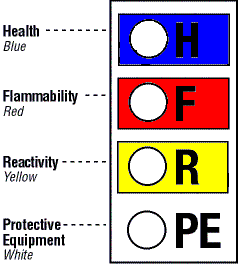
Hazard class labels must be placed
Dangerous goods classes and hazard labels - Civil Aviation Safety Authority Below are the 9 hazard labels for the 9 classes of dangerous goods. Class 1 Explosives Class 1 explosives This includes items such as: explosive substances pyrotechnic devices ammunition fireworks detonators. Class 2 Gases Class 2 gases These can be transported as compressed, liquefied, refrigerated liquefied or gas in solution. 325 DOT Hazardous Materials Warning Labels and Markings - USPS All required hazardous materials warning labels and markings must be placed on the address side of the package. Only in limited situations where sufficient space does not exist, DOT markings may be placed on a side adjacent to the address. Markings and labels must not be placed on the bottom of a package or envelope. 49 CFR § 172.406 - Placement of labels. | CFR | US Law | LII / Legal ... A label may be printed on or placed on a securely affixed tag, or may be affixed by other suitable means to: (1) A package that contains no radioactive material and which has dimensions less than those of the required label; (2) A cylinder; and (3) A package which has such an irregular surface that a label cannot be satisfactorily affixed.
Hazard class labels must be placed. Hazmat Label Specifications and Requirements from Labelmaster Hazard class labels must be durable and weather resistant. These labels must withstand without deterioration or change in color, a 30-day exposure to reasonable transport conditions. Design Printing, inner border, and symbol must be on label as shown in 49 CFR 172.411 through 172.448. How to label dangerous goods | Shipping Channel United Kingdom - FedEx Place all dangerous goods labels on one side of the box. Ensure all the dangerous goods labels and markings (printed information on the box) are on one side of the package. The labels must lie flat and not wrap around the edges of the package. If the labels and markings don't fit on one side, get a bigger box - according to IATA regulations ... 2. LABELLING HAZARDOUS CHEMICALS - GENERAL INFORMATION - Legislation Regulation 335, Part 3 of Schedule 9: If a hazardous chemical is used for research purposes only or is a sample for analysis, the label must, at a minimum, be written in English and include the product identifier and a hazard pictogram or hazard statement that is consistent with the correct classification of the chemical. Hazmat Placards and Hazardous Waste Labels - MySafetyLabels.com Four different forms of hazard communication information accompany most hazmat shipments: a shipping paper, markings, labels, and placards. The shipping paper provides written, detailed information about the shipment. Labels are affixed on containers to provide a warning about the hazards of the contents.
Proper Placement and Orientation of Labels for the Transportation of ... A label may be printed on or placed on a securely affixed tag, or may be affixed by other suitable means to: ... When primary and subsidiary hazard labels are required, they must be displayed within 6 inches of one another. Duplicate labeling - more than one label per package - is not required unless it contains a Class 7 Radioactive ... Hazard Communication - Questions and Answers | Occupational Safety and ... A. The three major areas of change are in hazard classification, labels, and safety data sheets. Hazard classification: The definitions of hazard have been changed to provide specific criteria for classification of health and physical hazards, as well as classification of mixtures. These specific criteria will help to ensure that evaluations of ... Part 3: Marking & Labeling (Step 4 & 5 of 7) - TDG Hazard labels must be applied to packagings such that they are located on the same surface and near the markings of the UN Number and Proper Shipping name. It is also recommended (but not required) that they be applied near the name and address of the shipper and consignee as well. DOT Labeling Requirements: When Does a Hazmat Package Need Labels ... The border line must be 2mm in width. Hazard Class/Division: The materials hazard class or division number must appear at the bottom of the DOT label and be at least .25 inches (6.3mm) tall but not more than .5 inches (12.7mm) Text or wording on the label: When text appear on labels they must be at least .3 inches (7.6mm) in height.
Marking & Labeling Your Shipment - Federal Aviation Administration 49 CFR 172.406 states labels must be printed on or affixed to a surface (other than the bottom) of the package or containment device containing the hazardous material and be located on the same surface of the package and near the proper shipping name marking, if the package dimensions are adequate. WHMIS 2015 - Labels : OSH Answers - Canadian Centre for Occupational ... In Canada, WHMIS legislation requires that products used in the workplace that meet the criteria to be classified as hazardous products must be labelled. Labels are the first alert to the user about the major hazards associated with that product, and outline the basic precautions or safety steps that should be taken. Hazardous Waste Drum Label Requirements - IDR Environmental Labels must appear in their entirety. They should not be placed near other labels to avoid being overlooked. Though not required, the DOT recommends a 6-inch space between labels if there is more than one on a drum. The primary hazard label should always be given priority in placement. Hazard Communication - Overview | Occupational Safety and Health ... Labels: Chemical manufacturers and importers will be required to provide a label that includes a harmonized signal word, pictogram, and hazard statement for each hazard class and category. Precautionary statements must also be provided. Safety Data Sheets: Will now have a specified 16-section format. Information and training: Employers are ...
Understanding Shipping Labels and Placards for Radioactive ... - REMM Excepted packagings are excepted (excluded) from specific packaging, labeling, and shipping paper requirements; they are however, required to have the letters "UN" and the appropriate four-digit UN identification number marked on the outside of the package. Requirements for excepted packaging are addressed in 49 CFR 173.421.
eCFR :: 49 CFR Part 172 Subpart E -- Labeling When two or more packages containing compatible hazardous materials are placed within the same outside container or overpack, the outside container or overpack must be labeled as required for each class of hazardous material contained therein, unless labels representative of each hazardous material in the outside container or overpack are visible.
WHMIS 2015 - Hazard Classes and Categories : OSH Answers Each hazard class or category must use specific pictograms and other label elements to indicate the hazard that is present, and what precautionary measures must be taken. Use the information provided by the label and SDS to be informed and to know how to safely use, handle, store and dispose of the hazardous product.
GHS Labeling Requirements: The Definitive Guide [2021 Update ... - Luminer There are 80, so these "H codes" make it easier to find the appropriate label. The European Union has another 26. However, it's the actual statement that must appear on the label in order for it to comply with the GHS framework. In total, there are 29 GHS classification categories for unique hazards.
Hazmat Placards; DOT Guide and 13 Actionable Tips 2022 - Truckers Insider Placards are used to both communicate the hazard inside the vehicle or packaging as well as help identify the articles or dangerous goods themselves. DOT placards include all or some of the following: Color - red for flammable, orange for explosives for example. Symbols/graphics - picture of a skull or flames.
49 CFR § 172.402 - Additional labeling requirements. In addition to the label specified in column 6 of the § 172.101 table, each package of Class 1 material that also meets the definition for: (1) Division 6.1, Packing Groups I or II, shall be labeled POISON or POISON INHALATION HAZARD, as appropriate. (2) Class 7, shall be labeled in accordance with § 172.403 of this subpart.
PDF DOT CHART 16 Hazardous Materials Markings,Labeling and Placarding Guide corner of a primary and subsidiary hazard label [§172.402(b)]. • For classes 1,2,3,4,5,6, and 8, text indicating a hazard (e.g., "CORROSIVE") is NOT required on a primary or subsidiary label. The label must otherwise conform to Subpart E of Part 172 [§172.405]. • Labels must be printed on or affixed to the surface of the package near the
Hazmat Labels, Hazmat Placards, and Hazmat Markings - Labelmaster The hazard class number in the bottom corner of the placard must measure at least 41 mm. They are legible - text used on a hazard placard must be in English unless otherwise required by a competent authority. Any text, borders, symbols, and hazard classes may be either black or white. Where are DOT placards placed?
How To Properly Label Hazardous Waste Containers - IDR Environmental The diamond hazard labels for the primary (and most subsidiary) hazard classes of the hazardous material [49 CFR 173.400, 173.402]. Having proper labels on the container is not the only concern. It is also important to place the labels properly on the container. This is important so that labels are not missed by handlers.
What Required Information Must GHS Labels Include? - MPC Manufacturer information - GHS labels must include the manufacturer's name, as well as contact information including an address and phone number. Precautionary statements - Precautionary statements are phrases included with a hazard statement that provide information about preventative, response, storage, and disposal precautions that ...
PDF DOT CHART 15 Hazardous Materials Markings,Labeling and Placarding Guide Hazardous Materials Warning Labels Actual label size: at least 100 mm (3.9 inches) on all sides CLASS2 3Flammable LiquidCLASS 4CLASSFlammable Solid, Spontaneously Combustible, and Dangerous When Wet: Divisions 4.1, 4.2, 4.3 Cargo Aircraft Only §172.405(b), §172.415, §172.416, §172.417 5 Oxidizer, Organic Peroxide: Divisions 5.1 and 5.2
49 CFR § 172.406 - Placement of labels. | CFR | US Law | LII / Legal ... A label may be printed on or placed on a securely affixed tag, or may be affixed by other suitable means to: (1) A package that contains no radioactive material and which has dimensions less than those of the required label; (2) A cylinder; and (3) A package which has such an irregular surface that a label cannot be satisfactorily affixed.
325 DOT Hazardous Materials Warning Labels and Markings - USPS All required hazardous materials warning labels and markings must be placed on the address side of the package. Only in limited situations where sufficient space does not exist, DOT markings may be placed on a side adjacent to the address. Markings and labels must not be placed on the bottom of a package or envelope.
Dangerous goods classes and hazard labels - Civil Aviation Safety Authority Below are the 9 hazard labels for the 9 classes of dangerous goods. Class 1 Explosives Class 1 explosives This includes items such as: explosive substances pyrotechnic devices ammunition fireworks detonators. Class 2 Gases Class 2 gases These can be transported as compressed, liquefied, refrigerated liquefied or gas in solution.
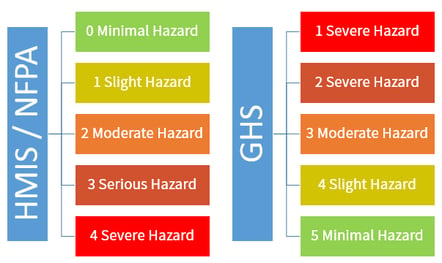
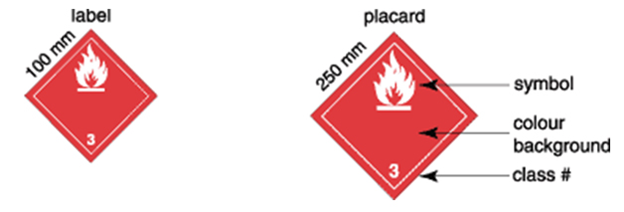

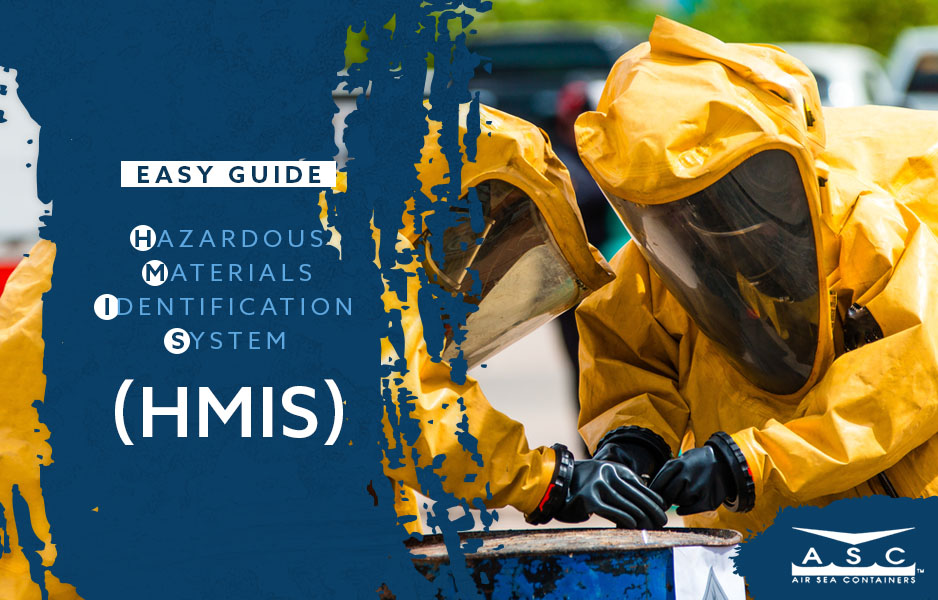


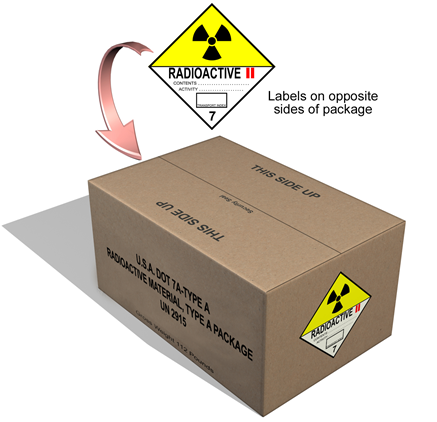


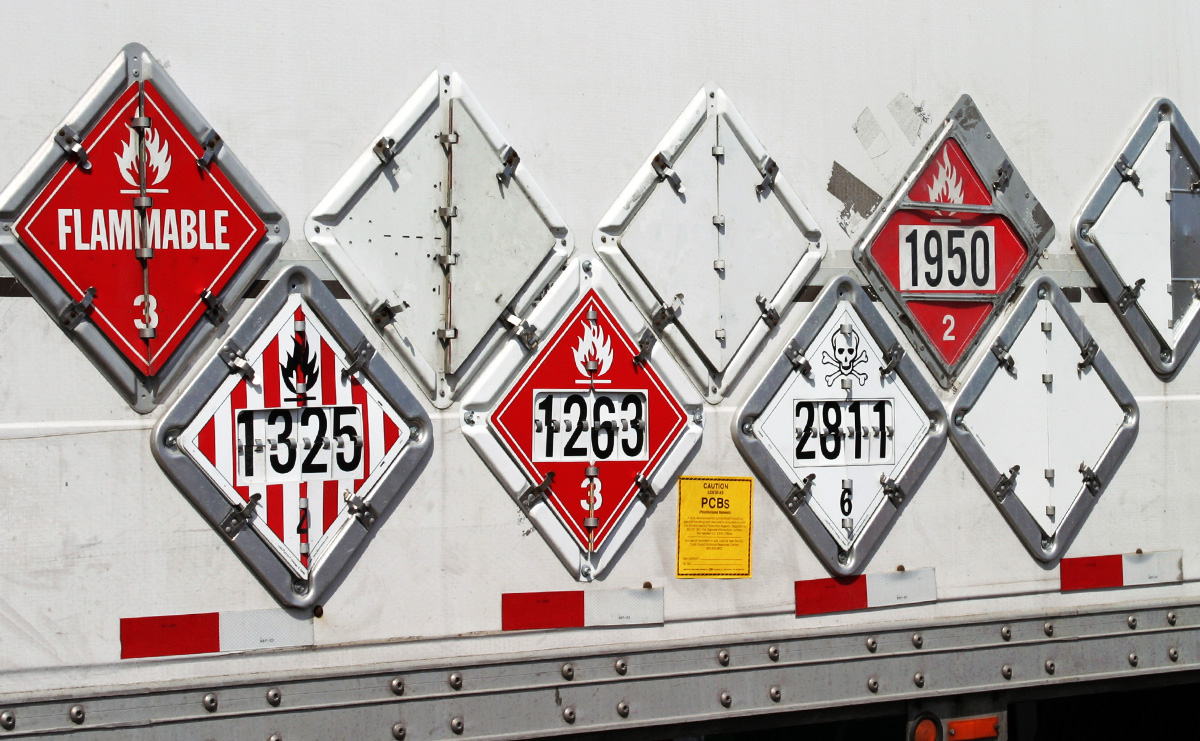
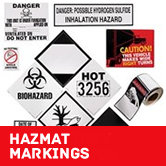
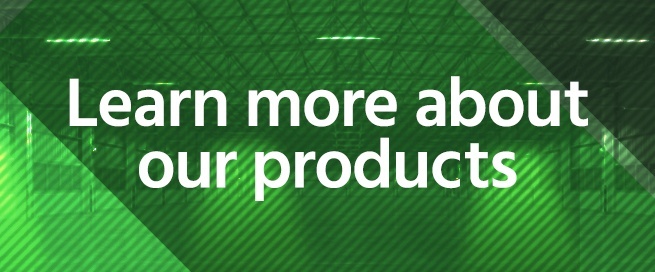
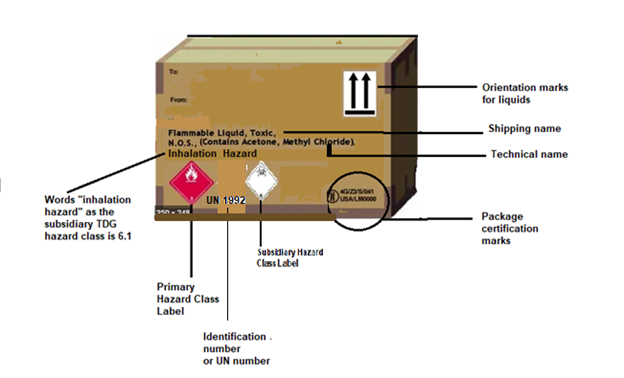

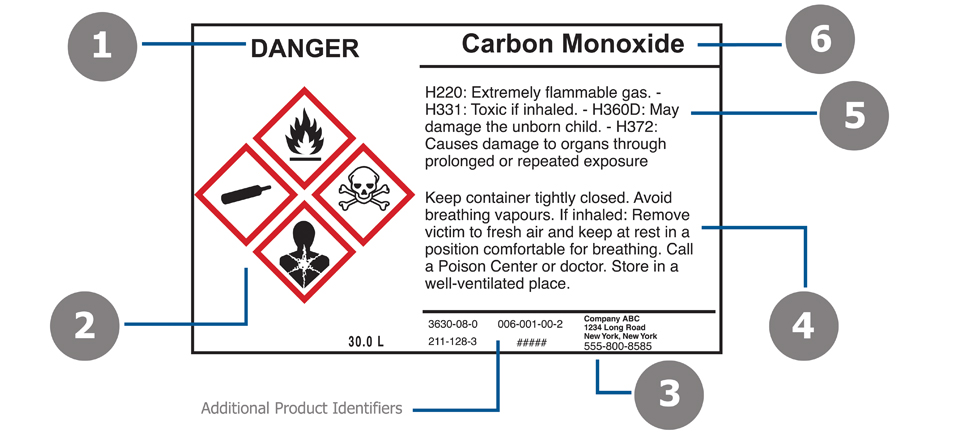


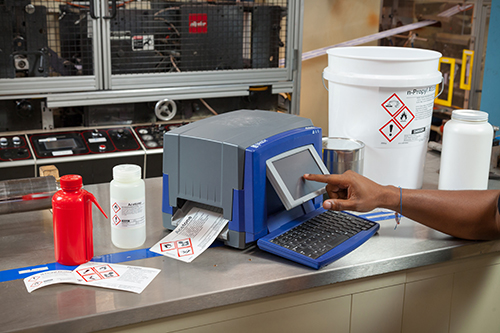

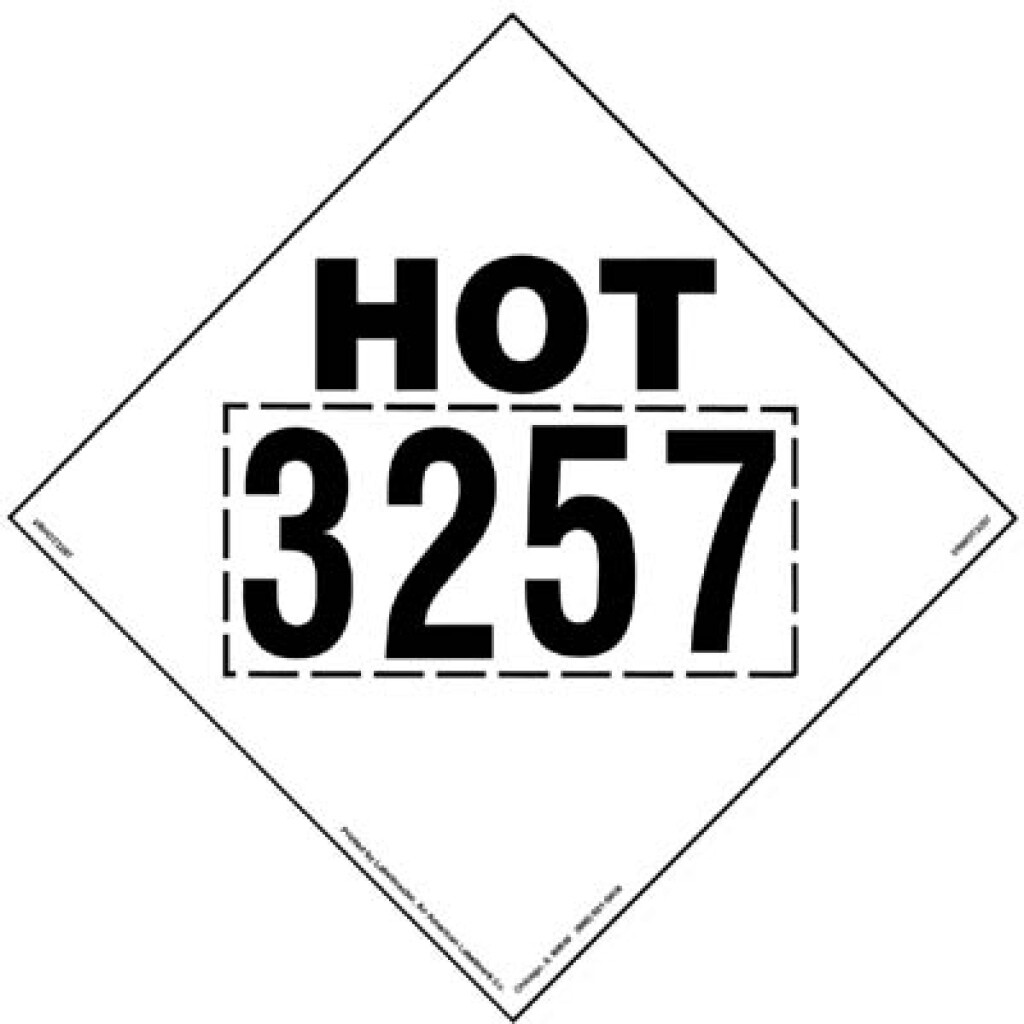

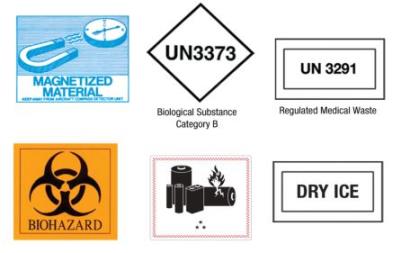
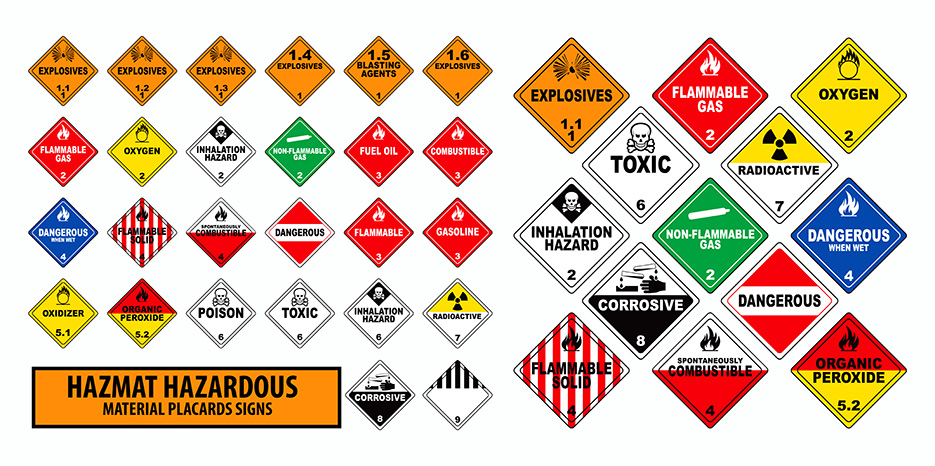
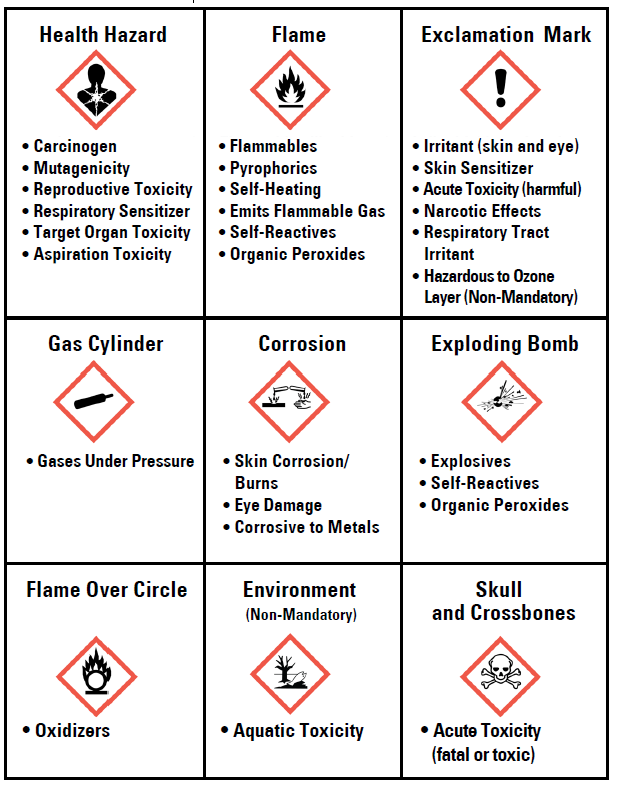

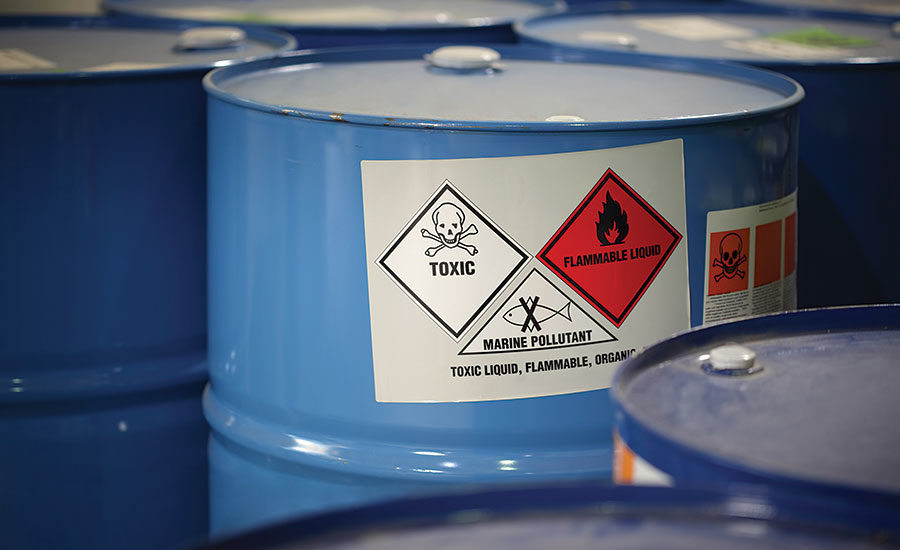

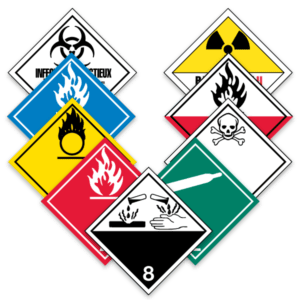
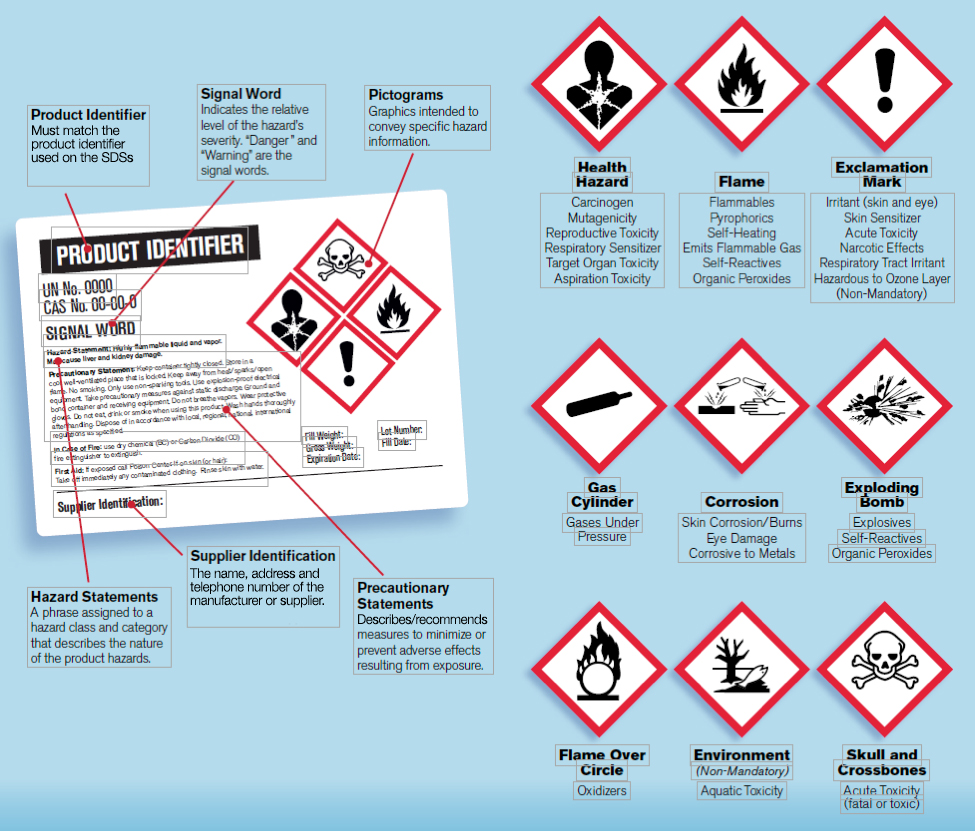

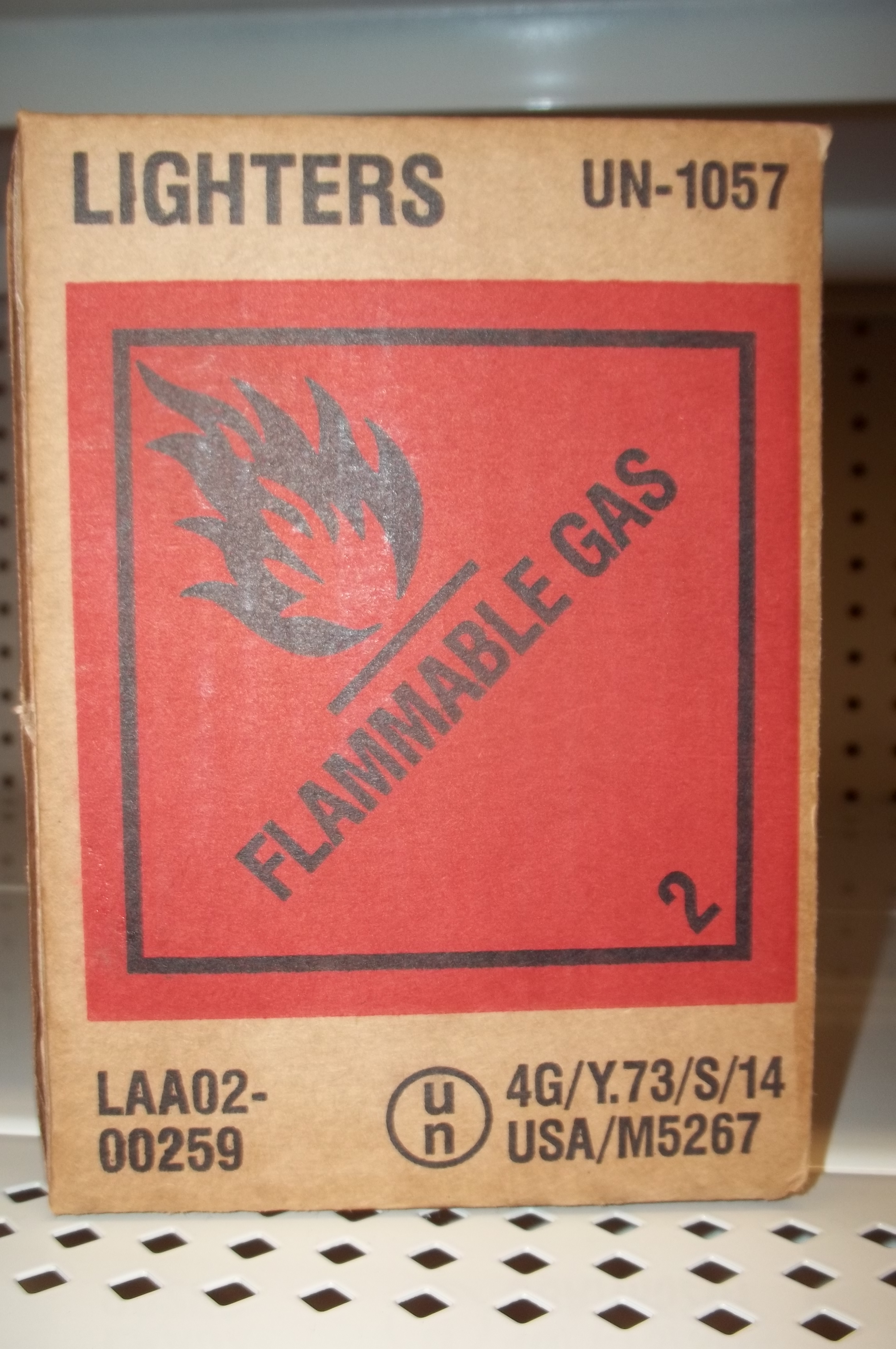
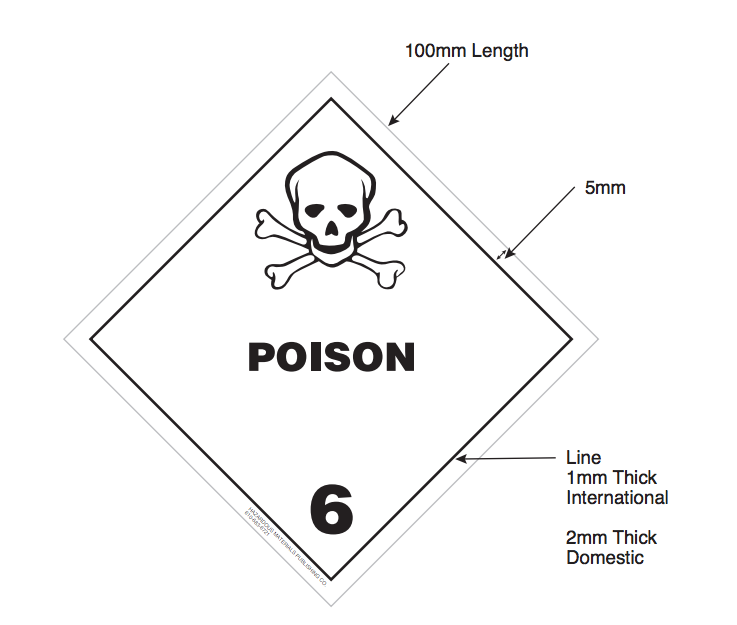
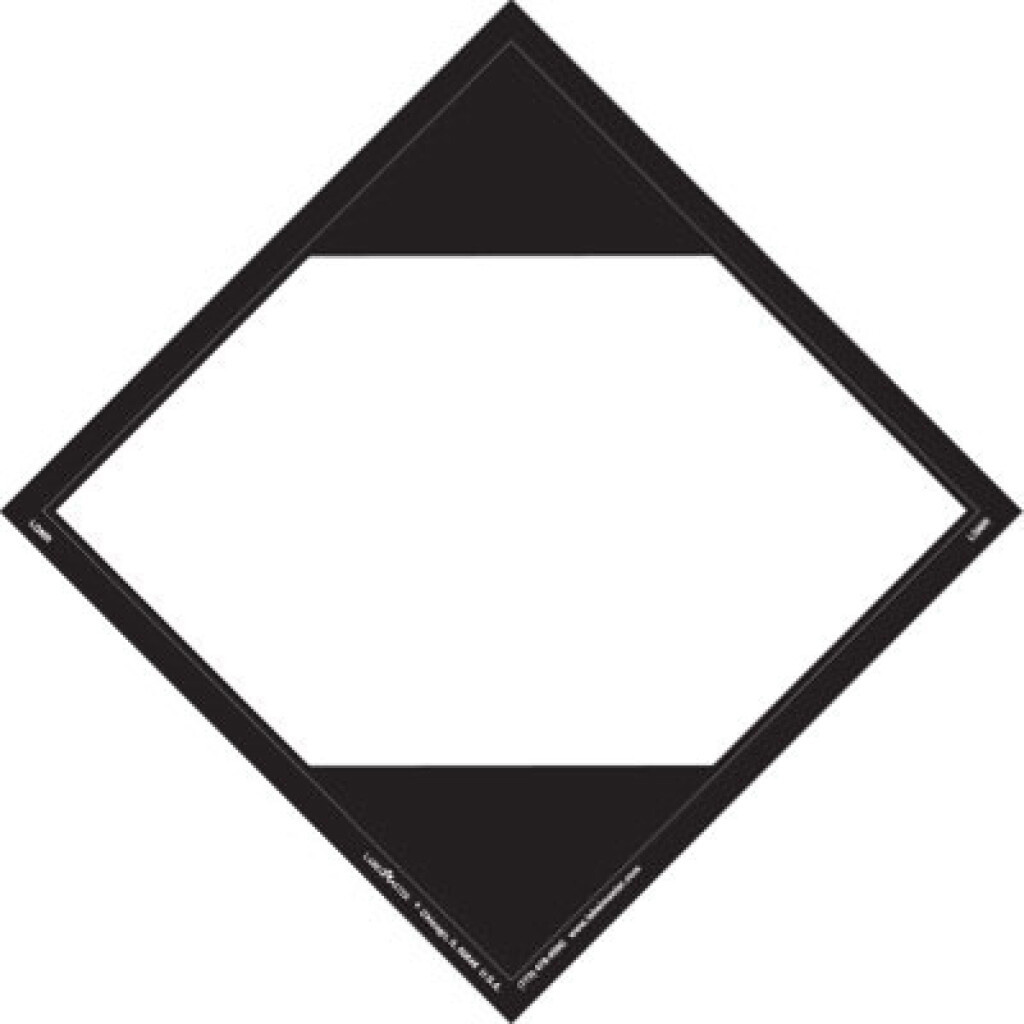
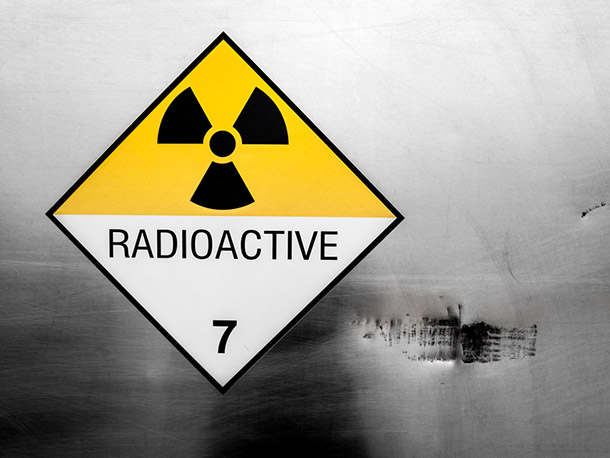
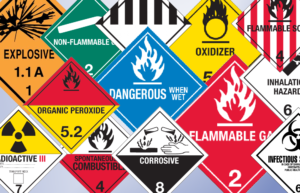

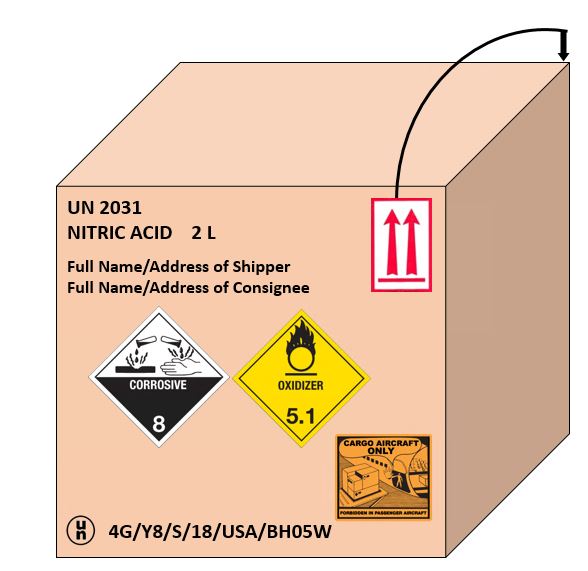

Post a Comment for "45 hazard class labels must be placed"